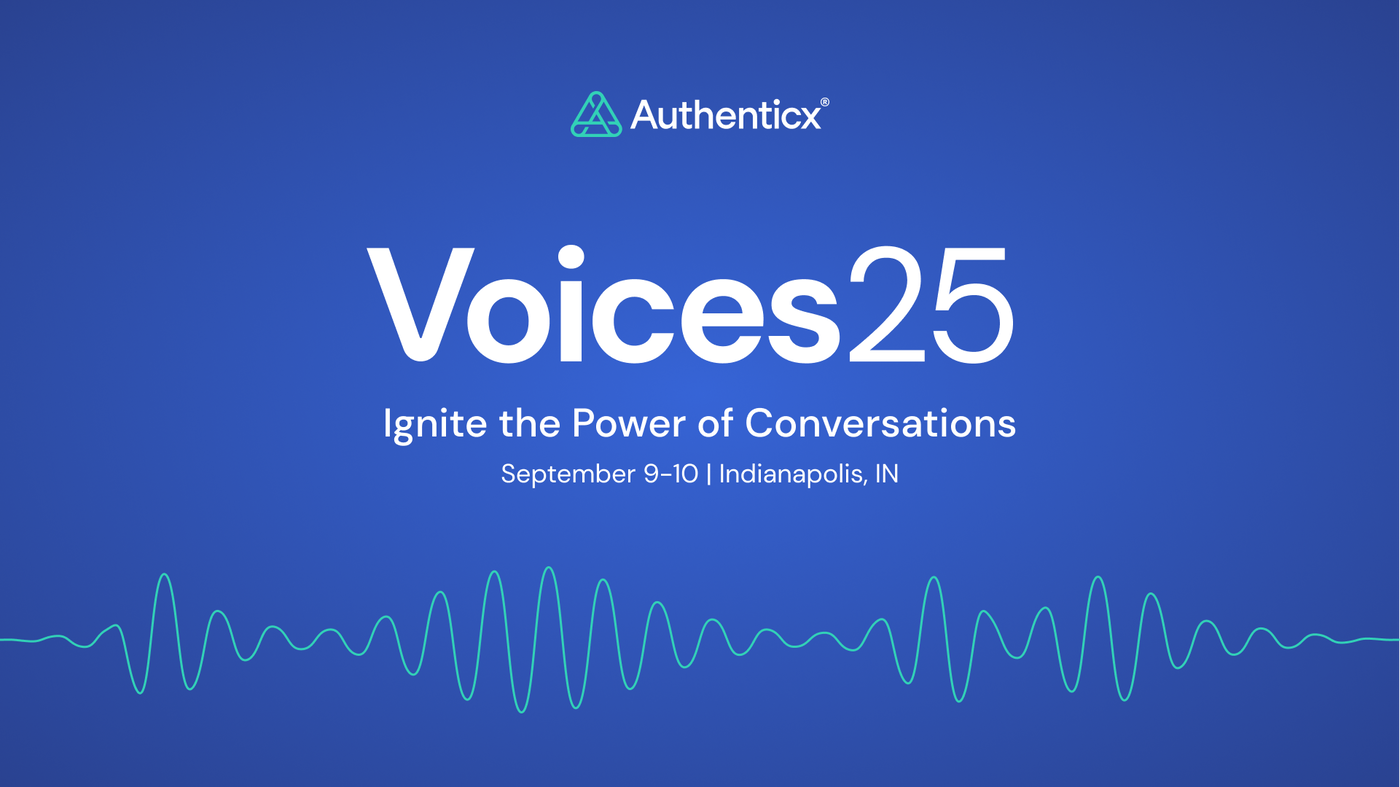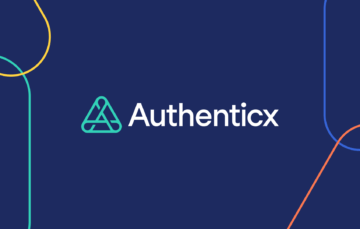
The other day I needed to make a call to my health insurance provider. After the reason for my call was handled, the representative asked if I would be willing to participate in a customer survey. As a member of the customer experience industry, I felt obliged. After agreeing, the representative informed me that I would first be transferred to her supervisor to answer an initial set of questions, and then sent to the automated IVR-style survey.
This process doubled my total time on the phone. What’s worse, I felt like the company was placing the burden for feedback squarely on my shoulders. After all, I had just completed a 5-minute recorded phone call with their representative. During this call with the representative I, the customer, expressed:
- My needs and interests
- My challenges navigating the health care system
- Appreciation for the representative’s help; and
- Points of confusion regarding their online tool
Couldn’t my insurance company glean a boatload of information and “feedback” from listening to the call they had recorded rather than taking an additional 5 minutes my valuable time?
This story illustrates a phenomenon – or, perhaps, better phrased as an epidemic – across all industries. Customers everywhere are suffering from survey fatigue. While providing feedback can be an empowering platform for consumers, the current rate of survey requests is beginning to have a numbing effect.
Combating Survey Fatigue
What can customer-centric leaders do to avoid causing survey fatigue while still gleaning the customer insights needed to grow and evolve their organizations?
- Reassess your survey cadence throughout the entire customer journey and compare it to your response rate trend to determine if customers seem to be “tuning out.” A diminishing return on your response rate or scores without comments may signal fatigue.
- Determine whether your survey responses represent a significant and representative sample of your customer base and set the meaningfulness of survey responses accordingly.
- Continually ask “why.” If the outcome of your survey program is not influencing improved customer experience, revenue, or brand loyalty, reconsider its effectiveness.
- Leverage alternative sources of feedback. Customer calls, chats, and emails with your organization are a deep well of unsolicited feedback.
Most companies have some form of stored customer interaction records. These records, when properly mined and analyzed, can unlock low-hanging fruit in the form of:
- Valuable customer testimonials
- Keys to reducing call volume and improving customer self-service tools
- Customer perceptions about your products, services, and people
- Business processes that detract or enhance customer experience
The best part about this alternative resource for customer feedback is that you already own it and that the insights within are much deeper than the standard survey response.
You can learn more about how to collect customer insights from existing interactions and the transformational power of this approach here.


